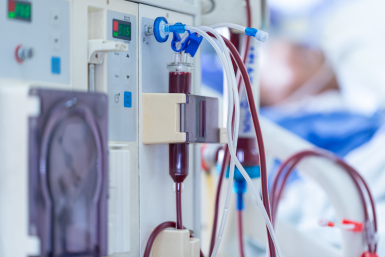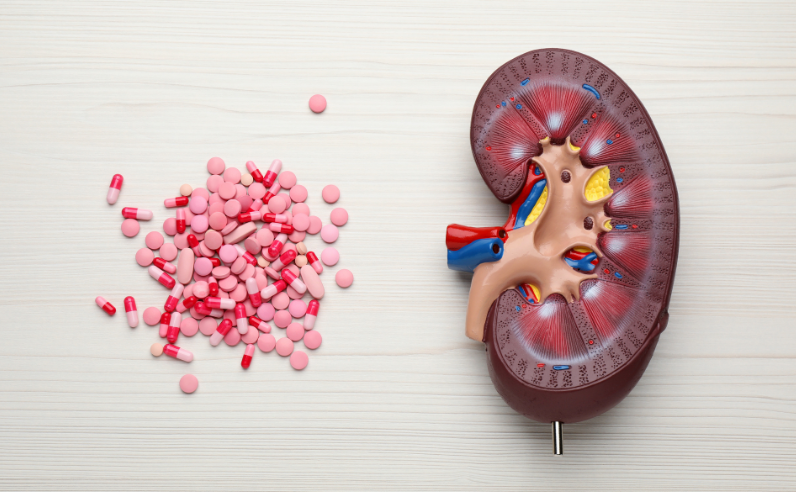Kidney failure occurs when the kidneys can no longer maintain normal function, leading to the accumulation of waste (such as creatinine and urea) and excess fluid in the body. At this point, the kidneys are referred to as being in failure.
Kidney failure can be classified into two types: acute and chronic.
Acute Kidney Failure: Acute kidney failure can be caused by excessive blood loss, severe kidney infections, and various other kidney diseases. During this time, the kidneys suddenly lose their function, but there is a chance of recovery with treatment.
Chronic Kidney Failure: Chronic kidney failure develops over months or years due to kidney tissue damage, often going unnoticed until kidney function is impaired by more than 70%. This condition is usually not fully curable. In end-stage kidney failure, kidney function drops to 10% or below, making normal operation impossible.
Common Causes of Kidney Failure:
- Chronic nephritis
- Diabetes
- Hypertension
- Congenital polycystic kidney disease
- Stones and other obstructive diseases
- Drug-induced kidney damage
- Lupus nephritis
- Gout
- Reflux nephropathy
Treatment for Chronic Kidney Failure:
Generally, doctors can tailor treatment based on the underlying cause of kidney failure. This often includes improving diet and lifestyle habits to slow the progression of kidney failure, supplemented by medication. However, if the condition is severe (end-stage kidney disease), the patient may require dialysis treatment or a kidney transplant.
Treatment options include haemodialysis, peritoneal dialysis, and kidney transplantation.
Haemodialysis (blood washing) involves extracting the patient's blood using a dialysis machine, which filters waste, toxins, and excess fluid through an artificial kidney. Patients must first undergo surgery to create a long-term access point for haemodialysis: an arteriovenous fistula (commonly known as a "shunt") or an implanted dialysis catheter. Treatment occurs 2 to 3 times a week, lasting 3 to 6 hours each session.
- Peritoneal Dialysis (belly washing) uses the body's peritoneum for dialysis. After the dialysis fluid enters the abdominal cavity, waste, toxins, and excess fluids seep from blood vessels in the peritoneum into the dialysis fluid for expulsion. Patients must first undergo surgery to insert a special catheter into the abdominal cavity for fluid inflow and outflow.
The most common peritoneal dialysis methods in Hong Kong are Continuous Ambulatory Peritoneal Dialysis (CAPD) and Automated Peritoneal Dialysis (APD).
- Kidney transplantation involves transplanting a healthy kidney into the patient's body, usually from a close relative or a recently deceased donor. Prior to surgery, the patient must undergo detailed tissue and blood tests to ensure compatibility between the donor and recipient, reducing the risk of rejection.









